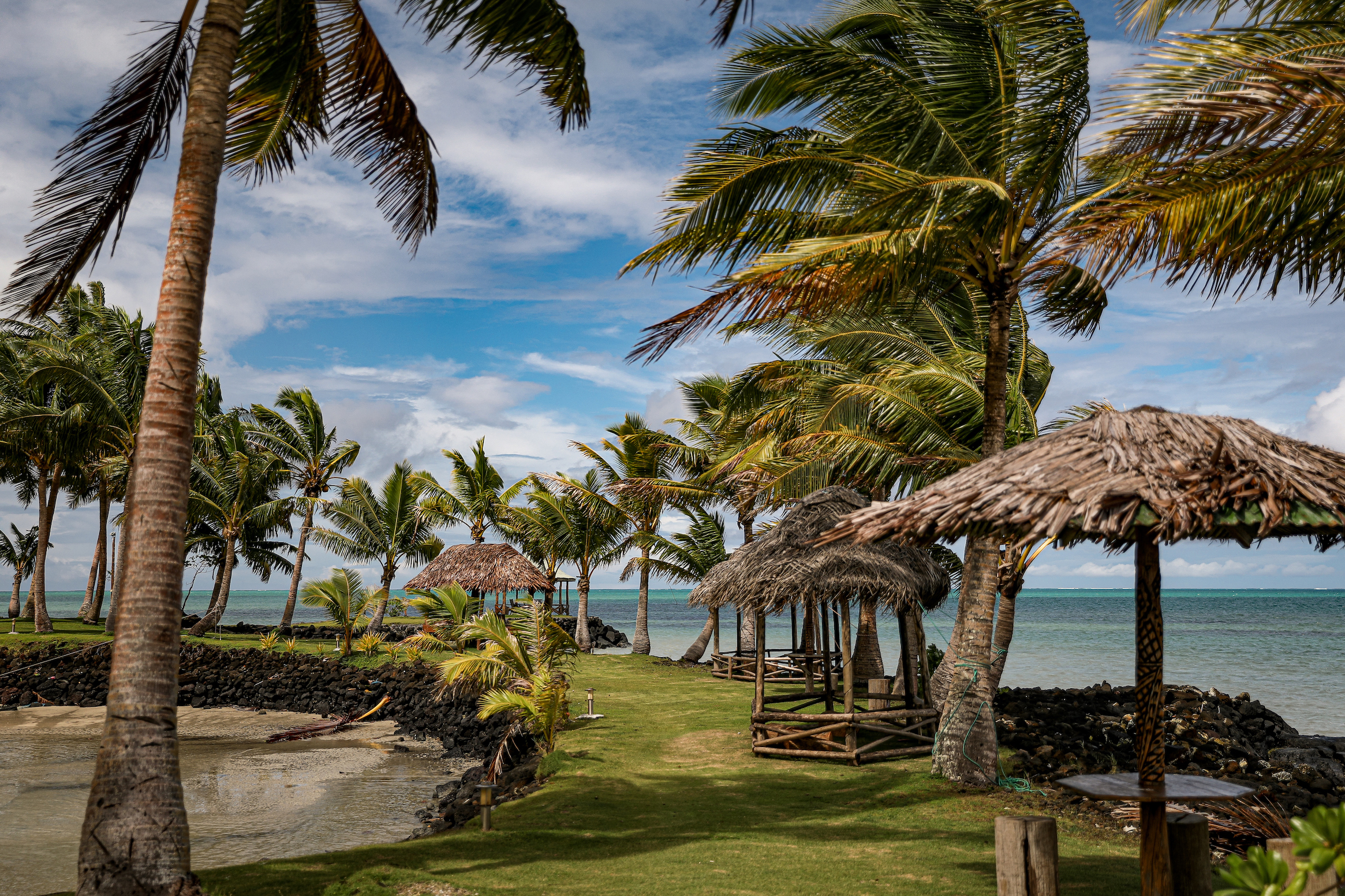Optimizing Private Sector Financing for the SDGs during disasters in a constrained Public Finance setting in Samoa
February 14, 2023

The tourism industry will be one of the key economic drivers post-COVID. The role of the private sector in bringing this about needs to be explored further.
The implementation of the Sustainable Development Goals (SDGs) is at the core of improving the quality of life for all. However, the SDGs are threatened by events like environmental disasters and pandemics. Although environmental disasters may be classified as unanticipated due to their random nature, a few are predictable because of climatic and geological studies over time. Nonetheless, measures need to be taken to absorb environmental shocks and pandemics as and when they occur.
These events normally disrupt or derail efforts that make the SDGs a success since they burden all economic pursuits and transcend into the targets and indicators used for tracking the advancement of the SDGs. According to the Centre for Research of the Epidemiology of Disaster (CRED) Emergence Event Database, the 2012 Cyclone Evan disaster was estimated to be 20.3% of the Gross Domestic Product (GDP).
In a similar way, the COVID-19 pandemic has inflicted significant economic and social costs on all Asia Pacific Least Developed Countries (LDCs) and exposed their vulnerability to external shocks due to their limited fiscal space, and technological and human resource constraints. According to the International Monetary Fund (IMF), Pacific Island Countries’ GDP dropped from 3.1% to -6.4% in 2020, and in 2021 to -0.4%. In the case of Samoa, the GDP declined from 4.5% in 2019 to -3.1% and -7.1% in 2020 and 2021 respectively.
Samoa’s Country Policy and Institutional Assessment rating improved by a 3.22 score, resulting in an increase in its external debt to GDP threshold of 55% in 2021 from 45% in 2018. The space to borrow to finance the development agenda is still limited in scope since its debt sustainability analysis shows that it remains at high risk of external and overall debt distress and had a-debt-to-GDP of 49.7% as of September 2022. This calls for the government to look for financing options for the attainment of the SDGs.
Though the country continues to have an overall budget balance of 6.2% as of 2021, sight must not be lost of the fact that donor funds provided some respite in helping to finance external debt payments. How long these donor funds would be available to a middle-income country like Samoa needs further contemplation.
Tax to GDP has been doing well in Samoa. According to the Organization for Economic Cooperation and Development (OECD), the tax ratio was 25.0% in 2020, above the Asia and Pacific average of 19.1% by 5.9 percentage points. However, the tax composition shows that corporate tax is the least among all tax revenues. In 2020, corporate tax accounted for only 11% of tax revenue generated, whilst taxes on goods and services (VAT/GST and other taxes on goods and services) generated about 76% of the tax revenues, with personal income taxes contributing 13%. This phenomenon could be due to the low levels of private sector participation in the economy and/or there are leakages and illicit financial flows. Clearly, this calls for more attention being paid to the private sector to generate more revenue to expand the fiscal space of the country.
To expand the fiscal space and provide a cushion during disasters and pandemics, private sector participation in the economy needs to be further explored and deepened. Having parametric risk insurance against disasters is one of the key ways to ensure that the affected are cushioned and government is relieved of rechanneling resources to provide social protection for the people. The use of blended finance should be at the center of the development agenda so that government can leverage development finance to bring onboard the private sector in all sectors of the economy. Undertaking an investors map of the country could be an entry point for bringing more private sector participation. Private sector investment into the decarbonization agenda is one of the surest ways to go. With the abundance of the natural environment and tourism boost, the private sector investment in health can go a long way to support the tourism industry.
Written by:
Kordzo Sedegah
UNDP Samoa Economist

 Locations
Locations